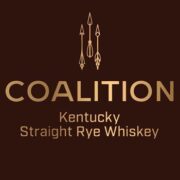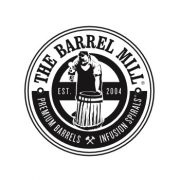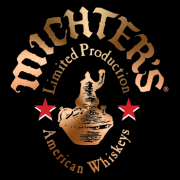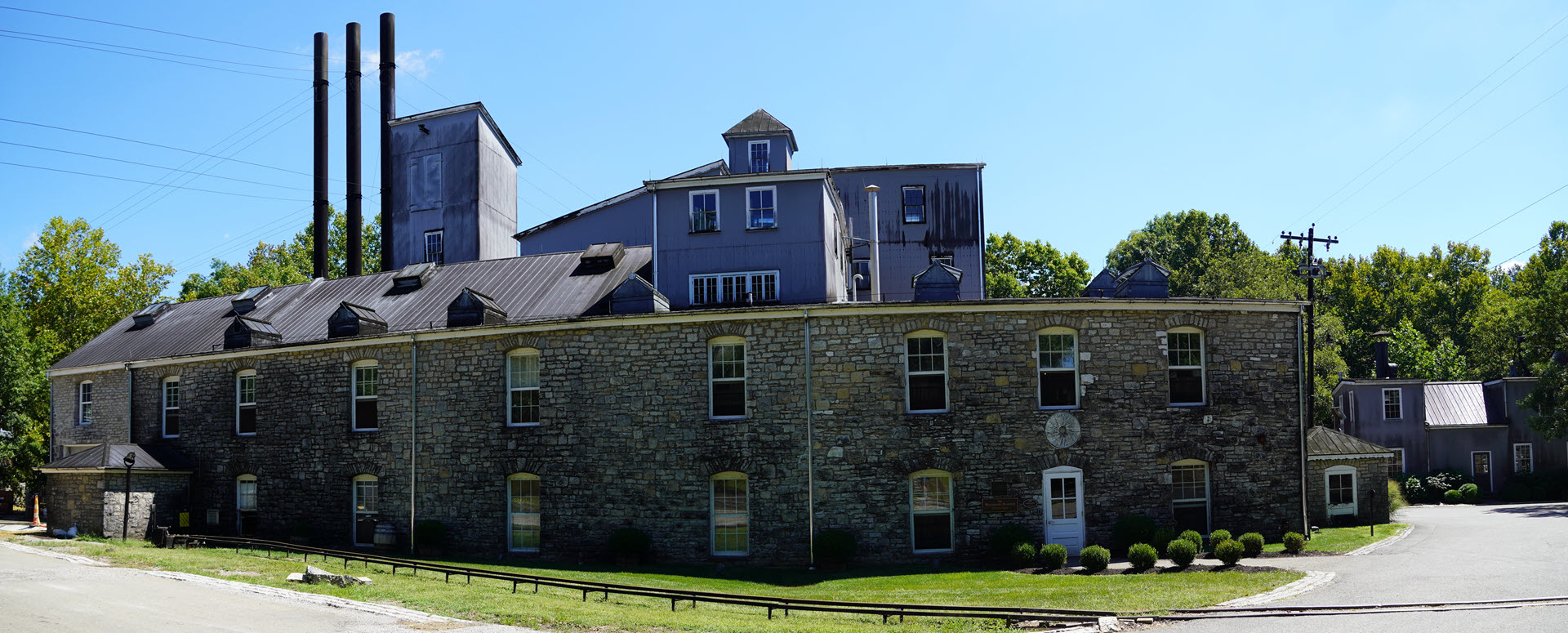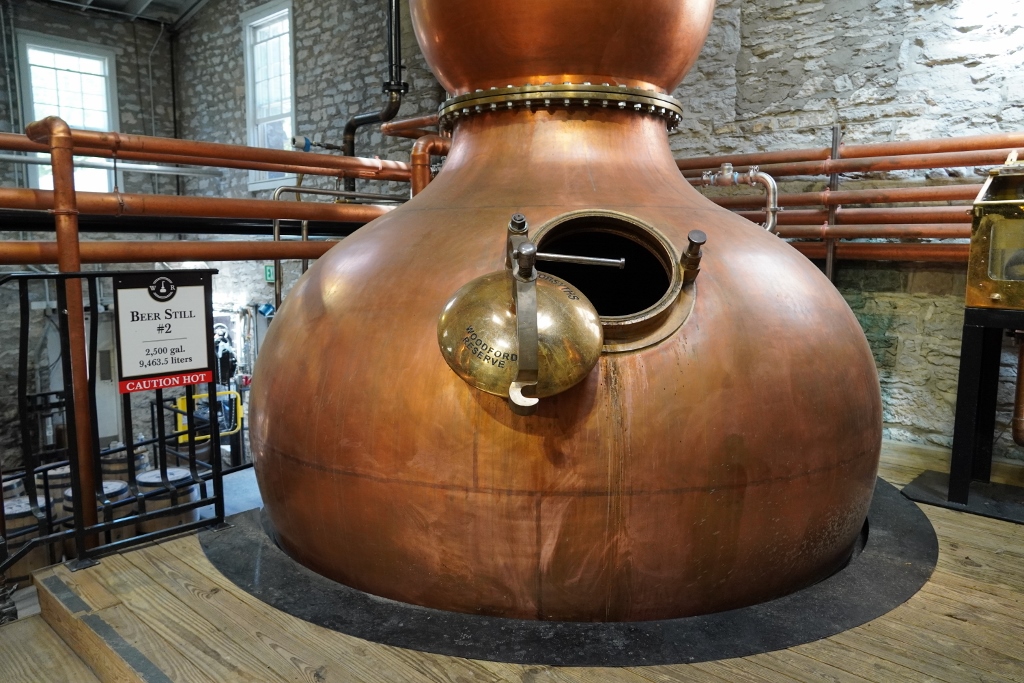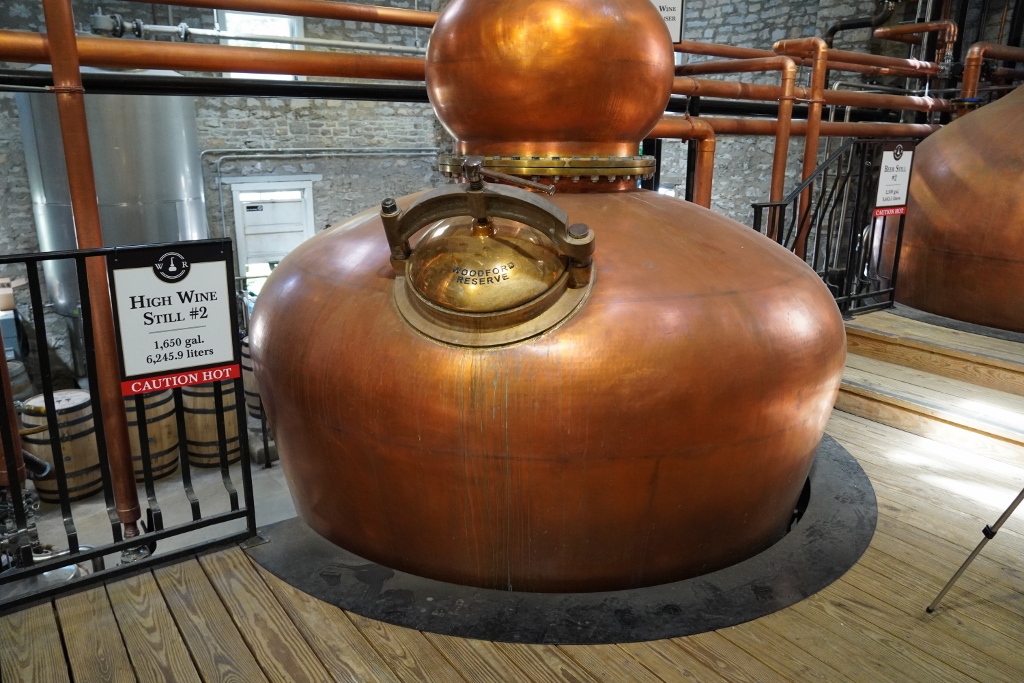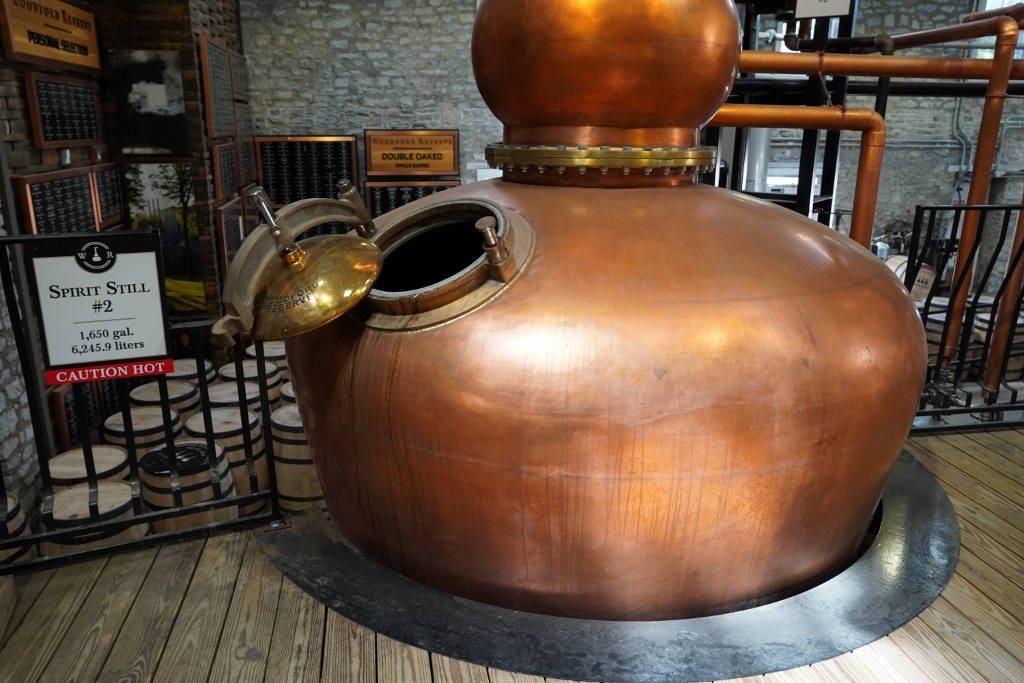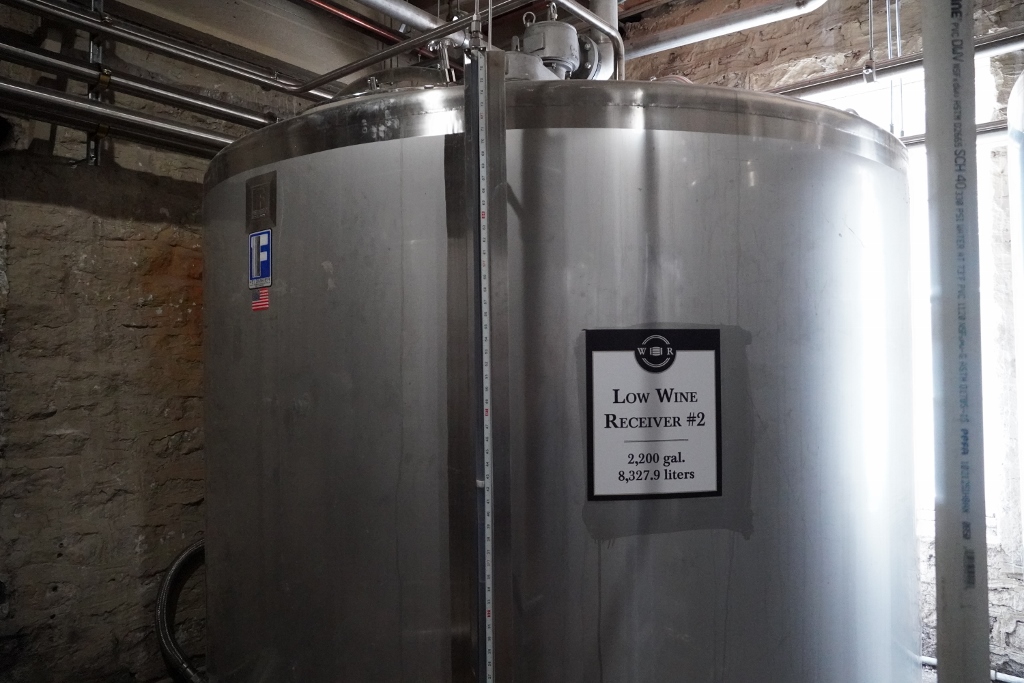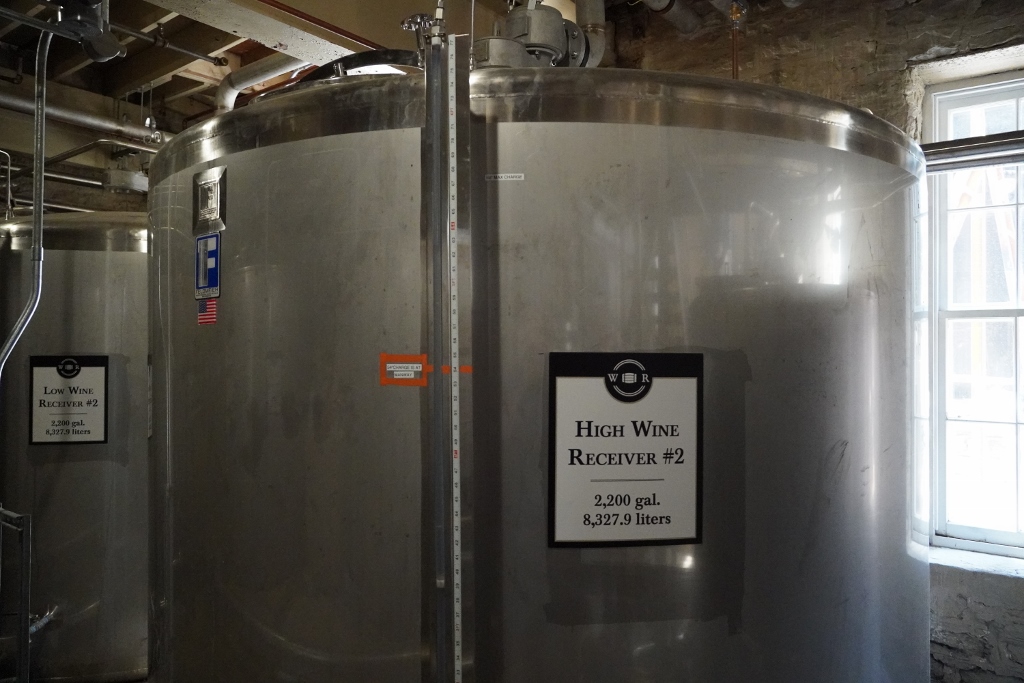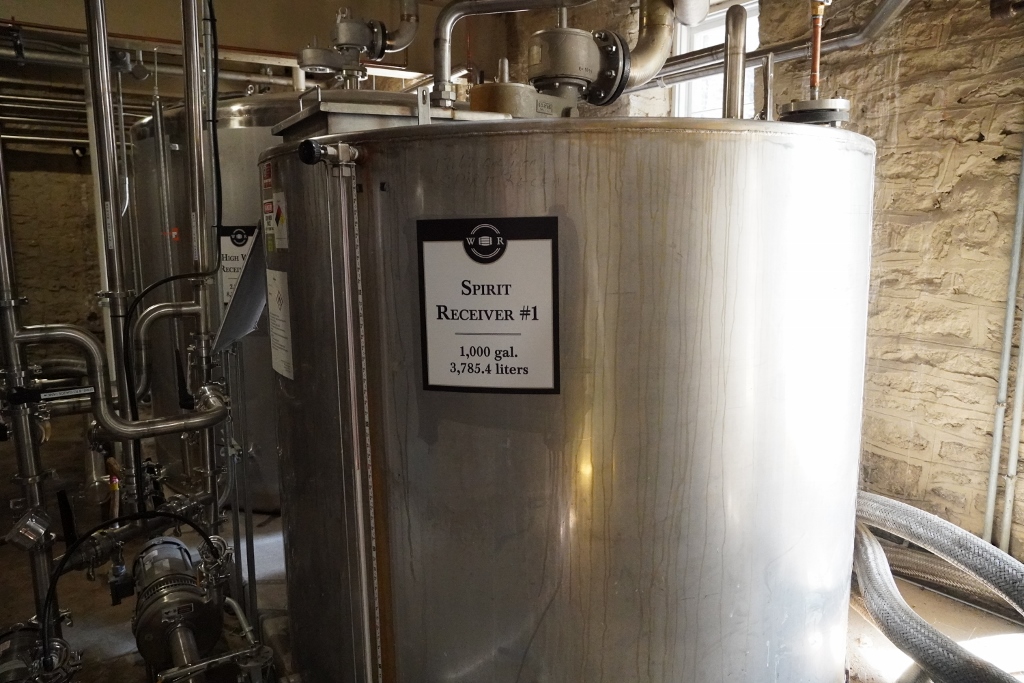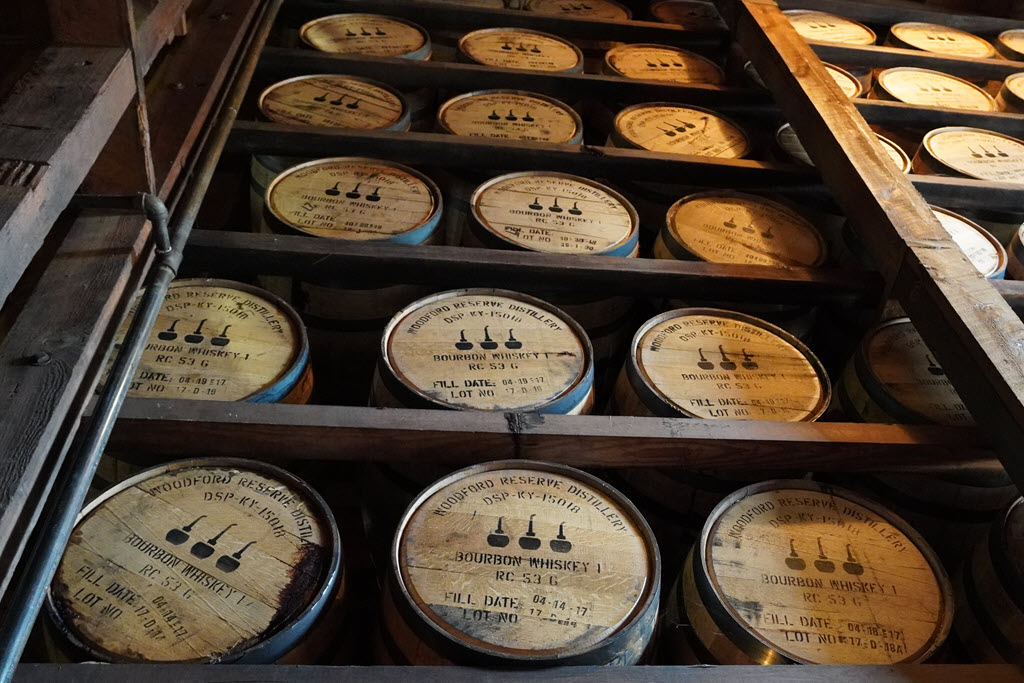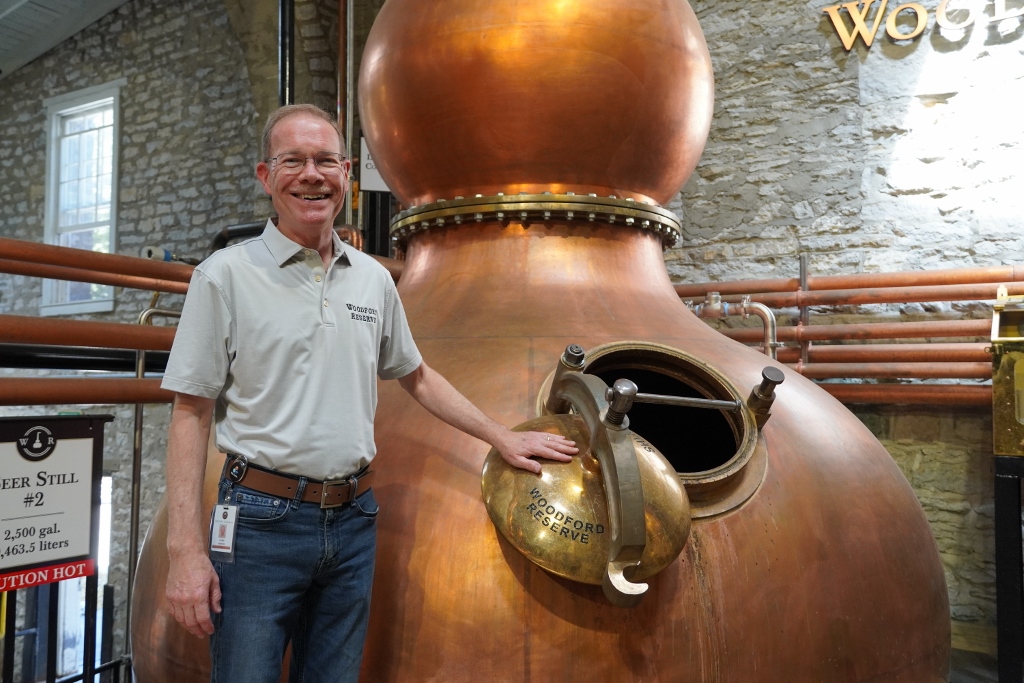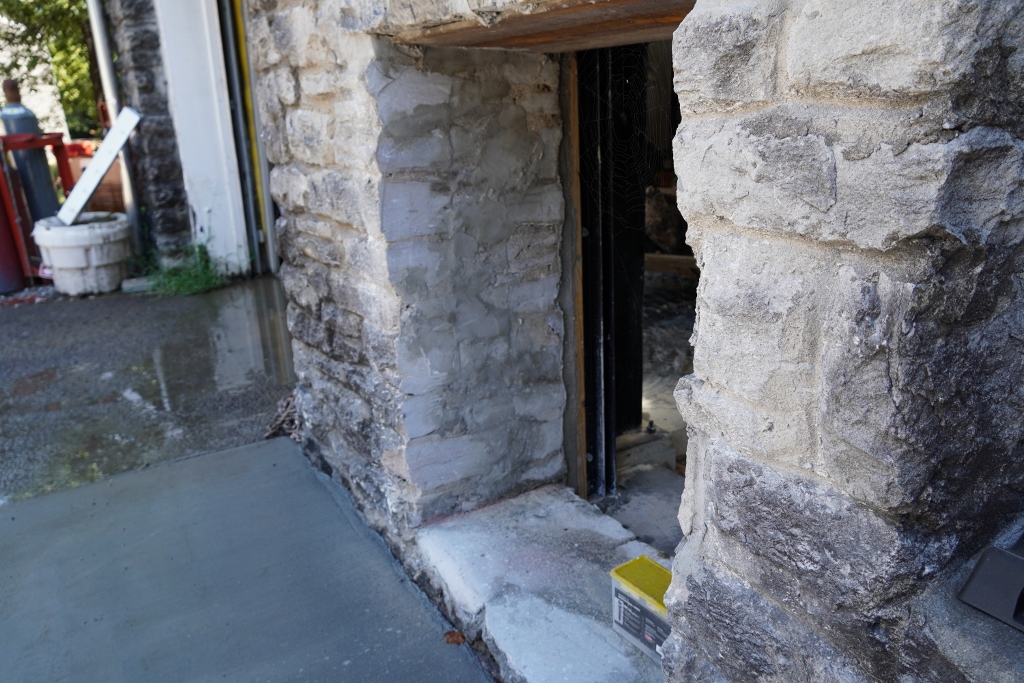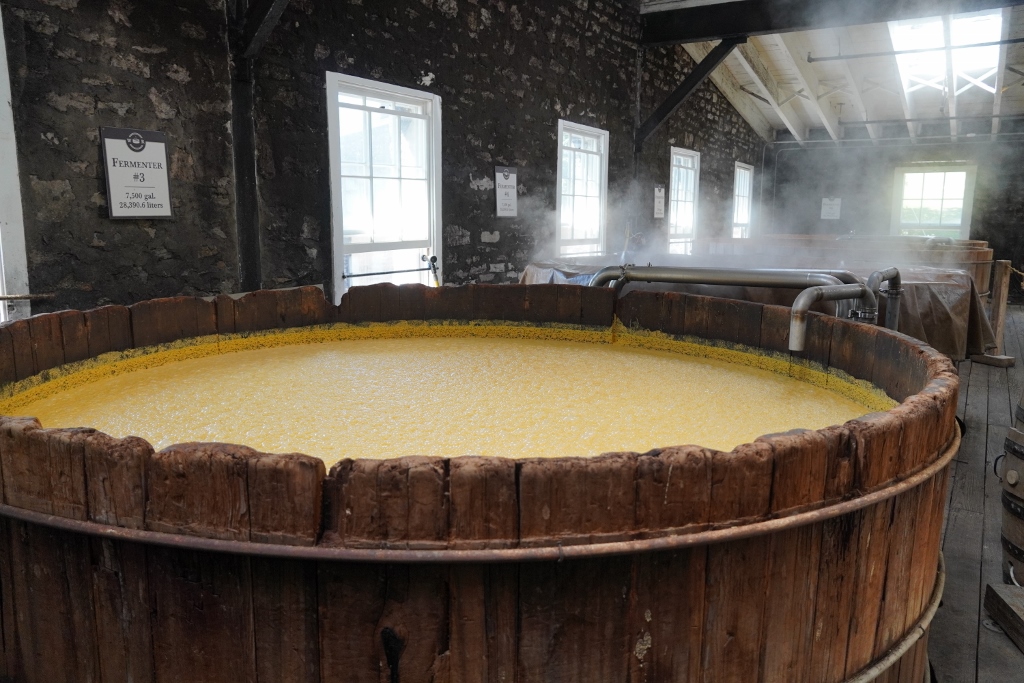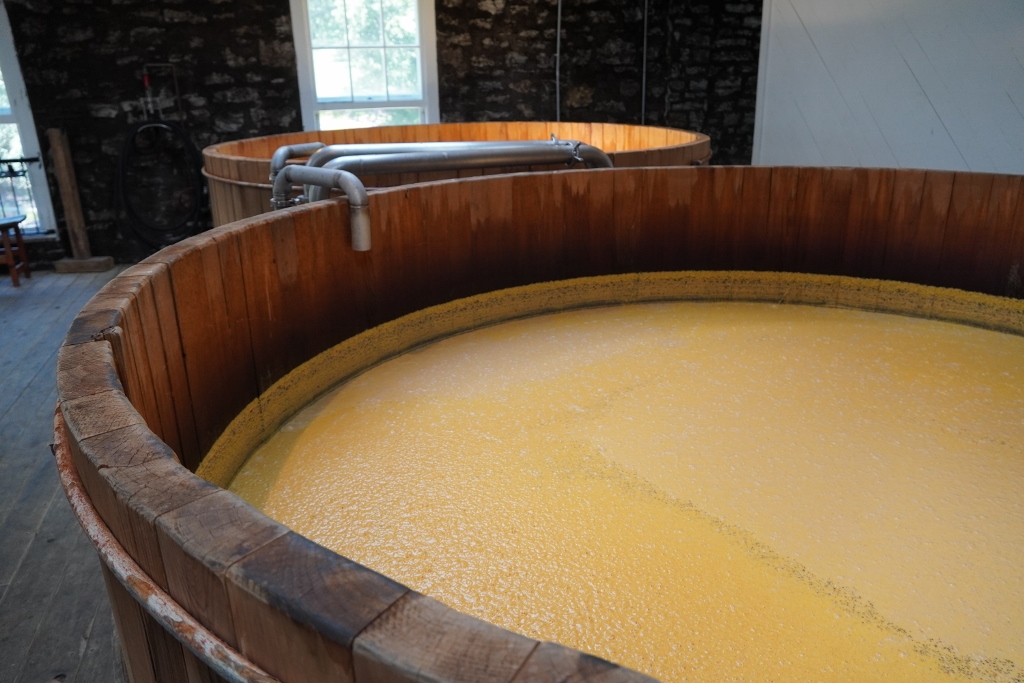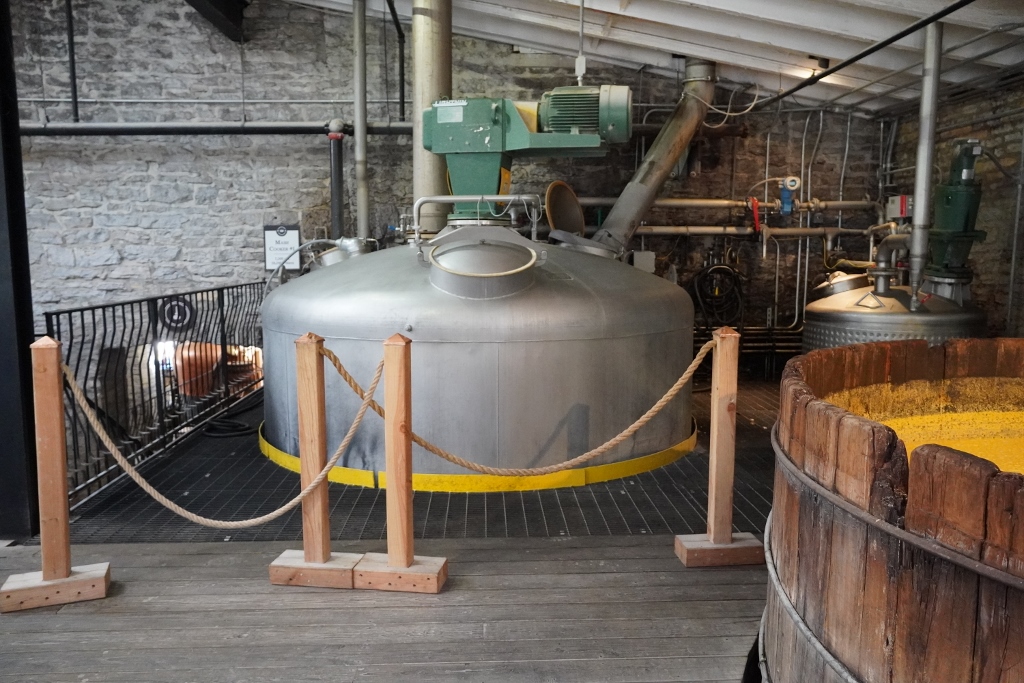
In 2021 Woodford Reserve Distillery celebrated the 25th anniversary of its premium bourbon brand. During that celebration they announced they would be doubling distillation capacity at its in Versailles, Woodford County, Kentucky distillery. Just less than a year later there are now three shiny new Forsyths copper pot stills imported from Scotland. There is now a collection of six pot stills making Woodford’s Kentucky sour mash bourbon whiskey.
Distillation has been happening at this historic site for more than 200 years. It all began as a farm distillery in a small log cabin on the banks of the Grassy Springs Branch of Glenns Creek back in 1812. Distilling operations moved across the creek in 1838 when Elijah Craig and his son Oscar Pepper upgraded from a farm distillery to a commercial distillery. The Master Distiller they hired during that time was Scottish chemist Dr. James C. Crow. The distillery was known as the Oscar Pepper Distillery.
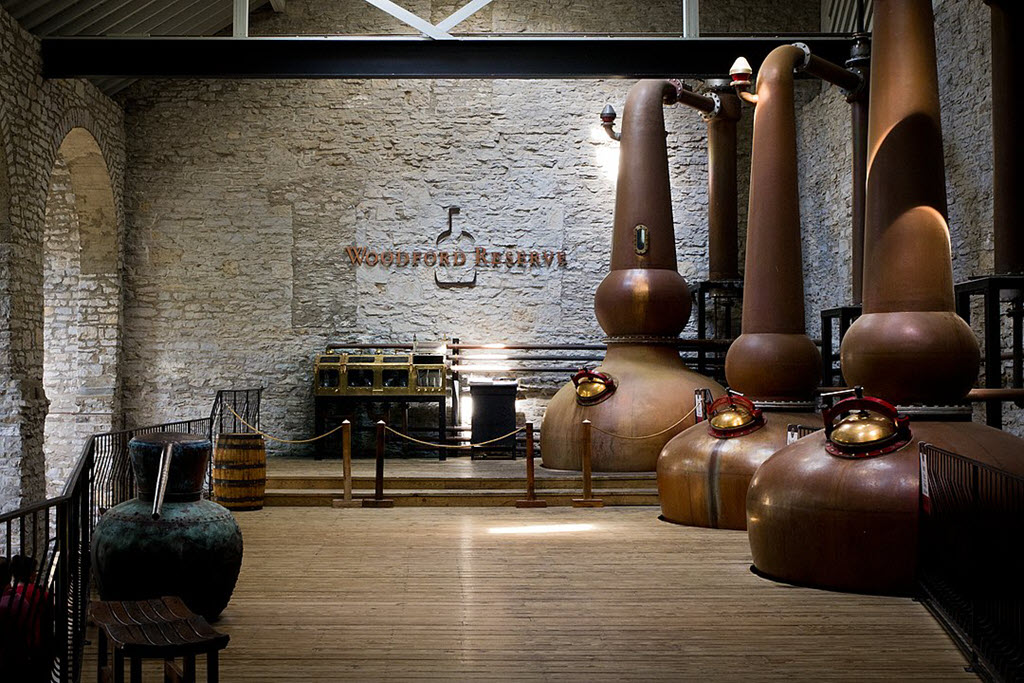
-
Save
In 1878 the distillery was sold to Leopold Labrot and James Graham. They soon changed the name to the Labrot & Graham Distillery. Even today if you look close at the three black stacks that soar above the distillery, you’ll see the letters L & G. They’ve faded a bit over the years, but they are still there.
Brown-Forman Liked the Labrot & Graham Distillery So Much They Bought it Twice
In 1941 Brown-Forman purchased the Labrot & Graham Distillery to make various whiskies. They continued to make bourbon at this location until it was mothballed in 1968. Three years later the property and distillery buildings were sold to a neighboring farmer and returned to a farm property.
In 1994 history repeated itself as Brown-Forman bought the Labrot & Graham Distillery back. After a $10 million investment and a two-year renovation and construction project, Brown-Forman launched Woodford Reserve Bourbon. During the renovation of this historic building, they designed the distillery building to hold six pot stills, but they only installed three at the time. 25+ years later, those three concrete pads are finally holding three new pot stills.
Incidentally, the Labrot & Graham Distillery name was dropped in favor of the Woodford Reserve Distillery in 2003 to solidify the branding story. As I mentioned, you can still see the historic L&B initials on the smokestacks and a few other places around the property.
Woodford Reserve Distillery Doubles Distillation Capacity
Stay Informed: Sign up here for the Distillery Trail free email newsletter and be the first to get all the latest news, trends, job listings and events in your inbox.
Over the last several years the Woodford Reserve brand has become one of Brown-Forman’s premier brands. To keep up with demand of its flagship Woodford Reserve Bourbon and Woodford Reserve Double Oaked they announced plans in 2021 to increase production by doubling the number of pot stills from three to six, doubling fermentation tanks from eight to sixteen, adding new barrel and grain unloading facilities and expanded storage capacity. As a national historic landmark, they could change the inside of the distillery building but not the exterior. To accommodate the new fermentation and storage tanks they put up a new building to house a new boiler and mechanical room next to the existing distillery. Space was also added for a conference and training center for employees.
Our Day on the Trail took us to Versailles, Kentucky where we met up with Woodford Reserve Distillery Master Distiller Chris Morris to get a behind the scenes view of the expanded distillery operations.
In addition to the 200+ years of history, one of the things that makes this a popular stop on the Kentucky Bourbon Trail is the eye candy provided by their three rather large Forsyths copper pot stills. Most operations of this size tend to select column stills. Morris shared with us how they came to choose pot stills over a column still during the 1994-1996 renovations.
“It was Owsley Brown II, the chairman of Brown-Forman at the time, who had a vision that we would build a new bourbon globally, not just for the American market,” explained Morris.
“At that time, and still today, the world’s most prestigious spirits are made in copper pot stills; Cognac from France and Single malt from Scotland. And if we were to compete, for the mindset and the palettes of the global premium consumer we decided to install pot stills. To bring pot stills back to America, to bring pot stills back to Kentucky. And we did one trick more, we brought the Irish style of distilling, triple distillation to America because Irish whiskies are traditionally very fruity, and we wanted a fruity flavor style for Woodford Reserve. We were the first distiller in the history of our great nation to triple distill whiskey.”
The Woodford triple pot distillation setup includes one 2,500 gallon beer still, a 1,650 high wine still and 1,650 low wine still. These stills are fed their cooked mash from eight cypress fermentation tanks. With the latest expansion all of this was doubled, there is now a mirror set of two 2,500 gallon beer stills, two 1,650 gallon high wine stills and two 1,650 low wine pot stills and the number of fermentation tanks also doubled from eight to 16. When you walk into the distillery room it’s like looking into a mirror filled with identical pot stills on each side, even-steven.
The distillation process begins in the beer still with the grain in. It comes off this initial still as a low wine at about 80 proof. It is then pumped into the high wine still where the first cuts take place between the heads, hearts, and tails. Once the tails are removed it comes off the high wine still at about 110 proof and then it enters the spirit still where the final cuts are made. The spirits still will remove the heads, retain the center cuts and remove the remaining tails. The final distillation comes off the spirits still at about 156 proof. After that it’s cut-down using reverse osmosis filtered limestone water where it’s placed in new charred oak 53 gallon barrels at 110 proof.
Woodford Reserve Barrels Are Aged in Heat Cycled Warehouses
Woodford Reserve Bourbon is aged in heat cycled warehouses. Morris said that all Woodford rickhouses from the 19th century to today were built to be heat cycled during the winter months to keep maturation moving.
“Once a barrel gets cold, believe it or not, drops below 53.3 degrees Fahrenheit maturation stops,” explained Morris. “We never let a barrel of Woodford Reserve drop below 60 degrees. We heat to 85 degrees in the winter, let it drop to 60 degrees, heat, cool. It’s a process that was first used in 1874. It’s an old process and something that we think is very important in making Woodford Reserve the elegant whiskey that it is today.”
In addition to the distilling equipment there are new pathways to bring barrels into the distillery for filling. What’s interesting is they cut holes into the early 1800 limestone walls, and you can now see in the photo above how truly thick those limestone walls stand.
Distillation on the new equipment is now up and running. There is still some construction going on to wrap up the project, but distilling is now doubled at this historic American distillery. This facility is open for tours.
Learn more about Woodford Reserve Distillery.
View all Kentucky Distilleries.
View all U.S. Distilleries.
Most Popular
- Four Roses Celebrates 20 Years of Single Barrels…
- Rare Opportunity: Successful Kentucky Distillery and…
- Maker’s Mark Distillery Announces the 9th Master…
- Four Branches Bourbon Veteran Founders Change Their…
- Balance Distilling Co. Revives 1869 Weller Brand…
- Michter’s Distillery 20-Year-Old Bourbon Returns for…
- Federal Judge Rules Ban on Home-Distilling is…
- Illegal Distiller Causes Death of 3; Sentenced to 4…
- Bourbon Lore: Legends of American Whiskey
- Buffalo Trace Distillery Releases its Full 2024…
Stay Informed: Sign up here for the Distillery Trail free email newsletter and be the first to get all the latest news, trends, job listings and events in your inbox.
Please help to support Distillery Trail. Sign up for our Newsletter, like us on Facebook and follow us on Instagram and Twitter.



